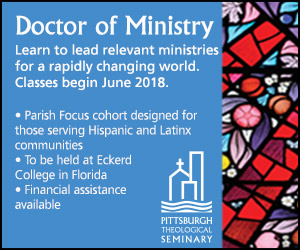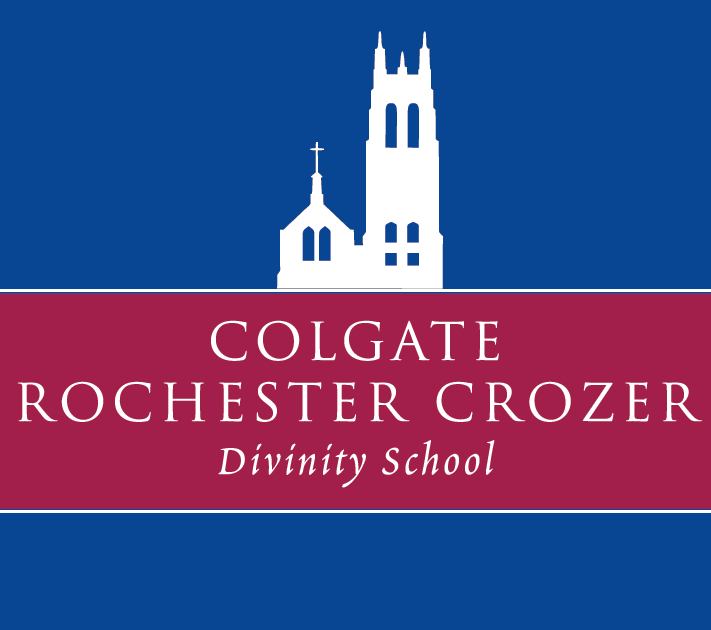by Monica R. Miller, PhD
Might be a hard pill to swallow, but the rapper who reminded us that Jesus walks with pimps, hoes and crack dealers makes a timely revelation: There is “No Church in the Wild.”
One of the most talked about songs off Kanye West and Jay-Z’s recent collaborative LP Watch the Throne, people are calling the newly released single “No Church in the Wild” (featuring Frank Ocean) an “existential rejection of organized religion.” That it most certainly is. I personally can’t stop singing the chilling hook to this song. Like many young people today, West is critiquing organized religion. That doesn’t mean however that neither he nor they have given up on hope and meaning.
This song foreshadows the reality of a growing rise of religious non-affiliation in our country, according to the Pew Center for the People and the Press. The USA Today recently reported that nearly one in five Americans are religiously unaffiliated — the highest number yet.
These trends are even more apparent among young people. I’ve experienced this first hand on the ground interviewing youth in Portland, Ore., for my current survey project Remaking Religion.
Over the years, I have worked with countless urban youth afflicted by issues of gang violence, homophobia and class inequality. They’ve lamented that they don’t feel accepted in dominant institutions — the school and the church included. With no place to go, many of them turn to the arts to craft meaning and find a cathartic release.
Hip hop is one of these powerful outlets in society today.
Hooked on the Hook: What We Hear
Music is a powerful force — the hooks and lines get stuck in our heads on repeat. We hear them being blurted out on street corners on any given day. These sound bites become the “meat and potatoes” of the pop-culture world in which we live. And yet, they are lyrical vignettes creating new canons of hope in what can seem like a hopeless world.
Kanye West has done it again. His popularized song “Jesus Walks” gave rap music a liberation theological facelift reminding us what Jesus of Nazareth was really up to. Flipping dominant narratives on their heads, Kanye humanizes Jesus and reminds us that he walked and walks with the marginal. Rappers have done well with making this point — TuPac Shakur being one of the most gifted at this in my opinion.
But just like popular political speeches, music is vulnerable to re-appropriation and the artist, like the politician, has little control over what people do and how people understand their content.
Historical case in point: Martin Luther King Jr. Public intellectual Michael Eric Dyson and historianVincent Harding have extensively argued that we as a nation have capitalized on the “I have a dream” part of King’s speech to support all sorts of agendas but rarely do we pair it with the “nightmare” that King unapologetically pointed out.
Recent case in point: Seen as blasphemous and disrespectful, rapper Meek Mill was recently called upon by a Philadelphia minister to apologize for the lyrics in his new song “Amen.”
When it comes to hip hop, the hook can cut in many ways for many different kinds of people. The hook of “No Church in the Wild” speaks volumes to the divergent ways in which young people are finding cathartic release and social transformation in music today — hip hop included.
A New Hook, A New Look: Meet The New ‘Nones’
There’s another hook that is reverberating the airwaves and causing crisis and alarm: the declining significance of institutional religion in America. Meet the “Nones” — a growing group of the population who are religiously unaffiliated. This group continues to grow as churches struggle to keep the pews filled with young people — the millennials.
In “No Church in the Wild,” Frank Ocean sings, “Human beings in a Mob/What’s a mob to a King?/What’s a King to a God?/What’s a God to a non-believer who don’t believe in anything/Will he make it out alive? Alright, alright, no church in the wild.”
West and Jay-Z might be a rappers but we should don them with an honorary degree in theology or religious studies. His queries are sharp and telling — ones that continue to baffle experts in the field today regarding the changing face of religion.
Churches might be empty but in the wild there is hope. Authority is at stake when Kanye asks, “What’s a mob to a king?/What’s a God to a non-believer?” Without God or faith institutions to whom or what will people be accountable to?
Fret not — there is hope for the concerned. In “The None Zone” I survey young adults in the “wild” — on street corners, in tattoo parlors, parks and bars. They overwhelmingly answer to the question “In what do you find meaning? In what do you hold as sacred?” that music (hip hop often cited) provides what churches often can’t afford to.
Many of the young people I encounter question the existence of God and reject the church but find hope and answers to the pressing questions of life in music, culture and the arts. No longer under the watchful eye of God youth often use lyrics and beats of artists like Kanye West and Jay-Z to spark their spiritual flame.
There may be “No Church in the Wild” for the younger demographic of the growing “Nones,” but there is a new life philosophy emerging between the beats and rhymes of hip hop music that greatly influences their cultural reality, social understanding, political participation and unrecognized spirituality.
Don’t get hung up on the hook — like the story, there’s more to the song.
[box_light]Dr. Monica R. Miller is Visiting Assistant Professor in the department of Religious Studies at Lewis & Clark College where her research focuses on the intersections of religion & material/popular culture. Miller currently serves as a Senior Research Fellow with The Institute for Humanist Studies (Washington, DC) and is co-chair and co-founder of a new AAR consultation: ‘Critical Approaches to the Study of Hip Hop and Religion.’ Miller is also principal investigator of a large scale survey project in Portland, Oregon which explores religion in youth culture (Remaking Religion). She is the author of “Religion and Hip Hop” (Routledge, August 2012) among numerous articles and book chapters, and is currently at work on a second book, “Blacklandia: The Subtleties of Race in Portland. “[/box_light]


















